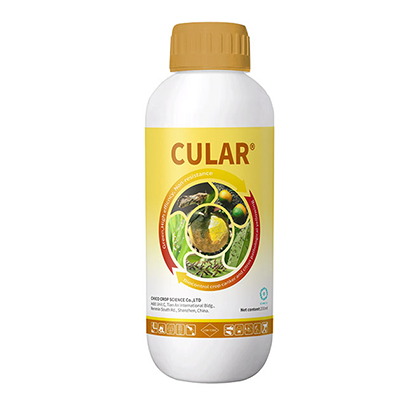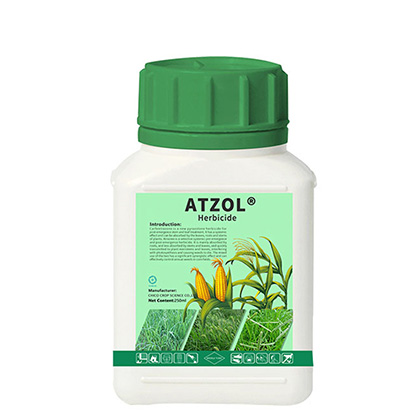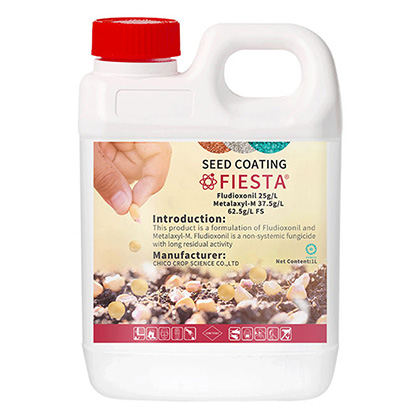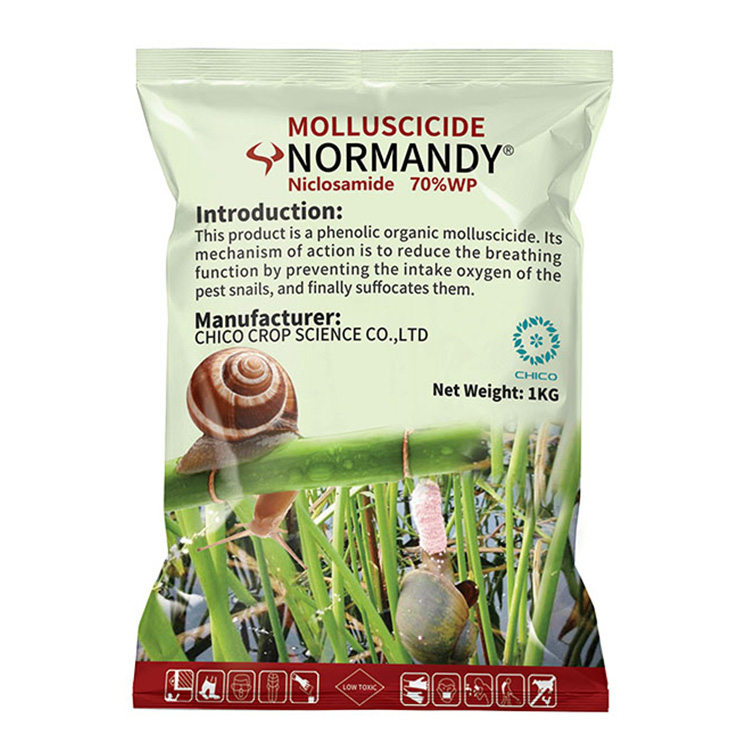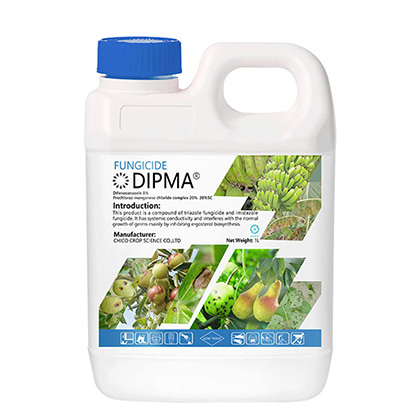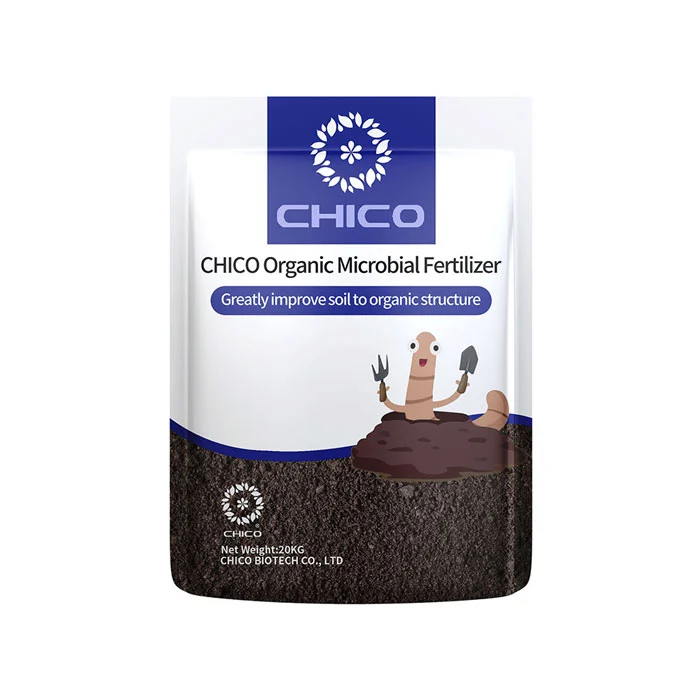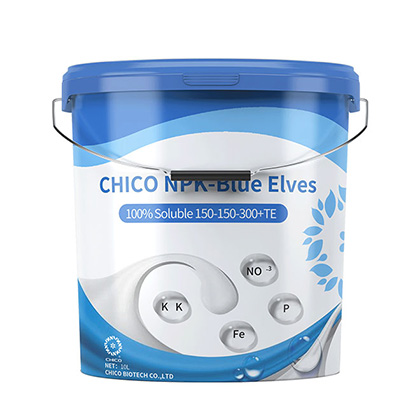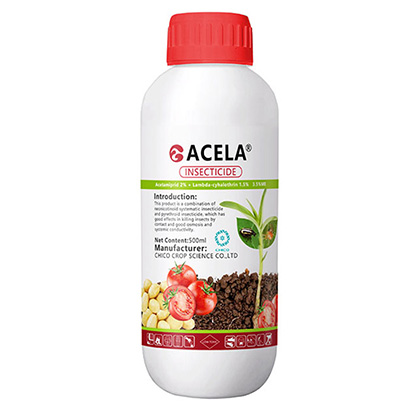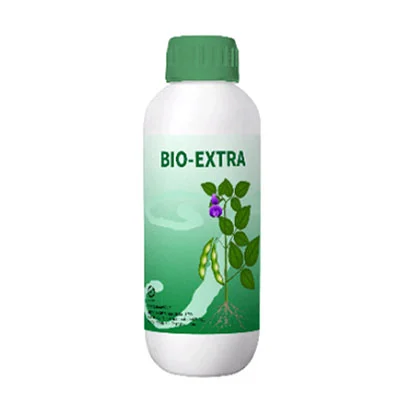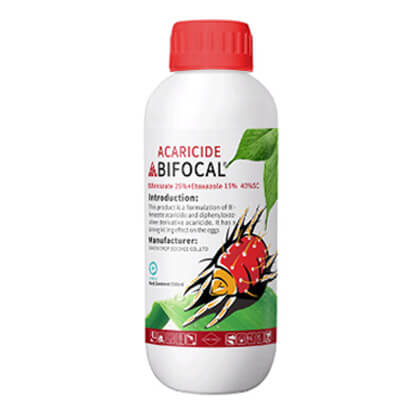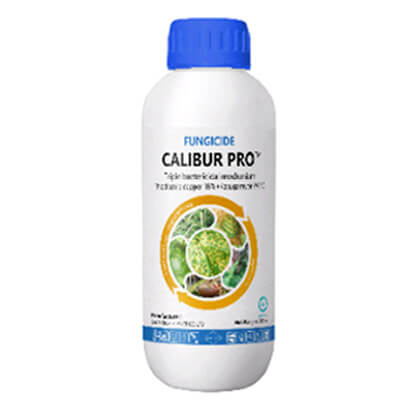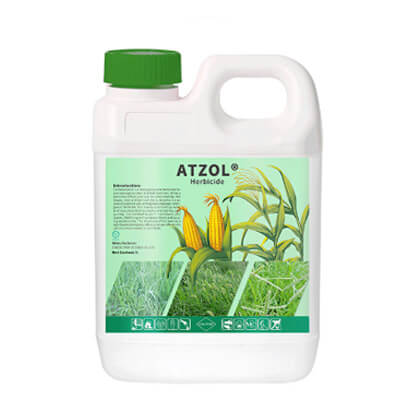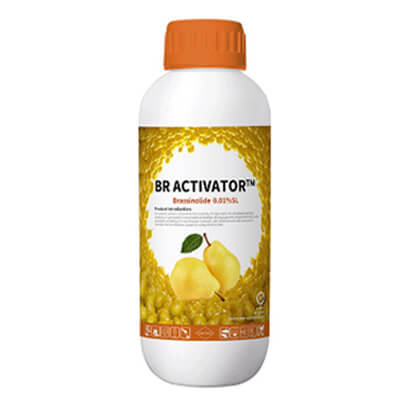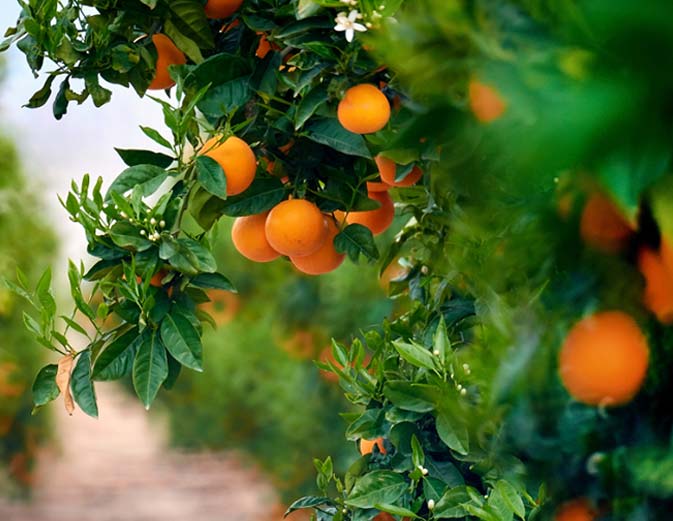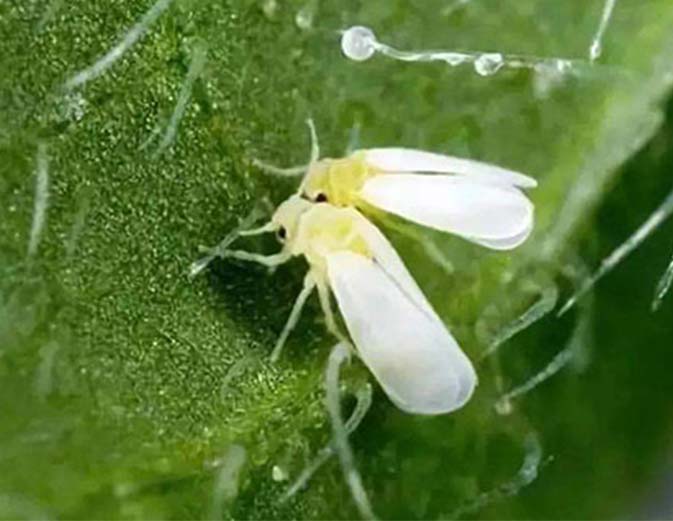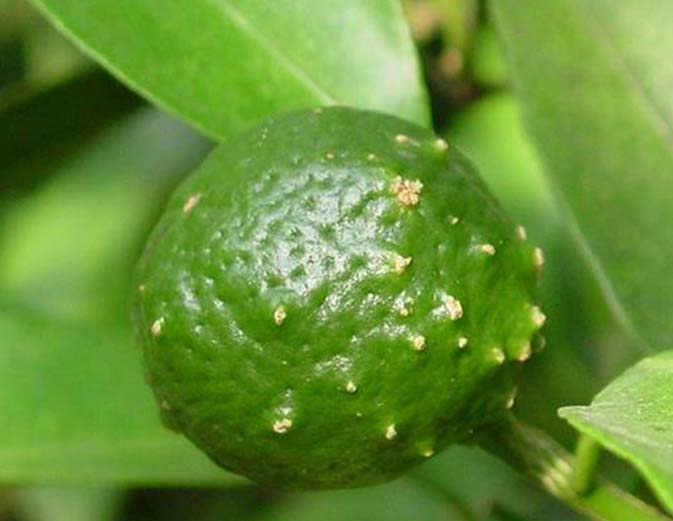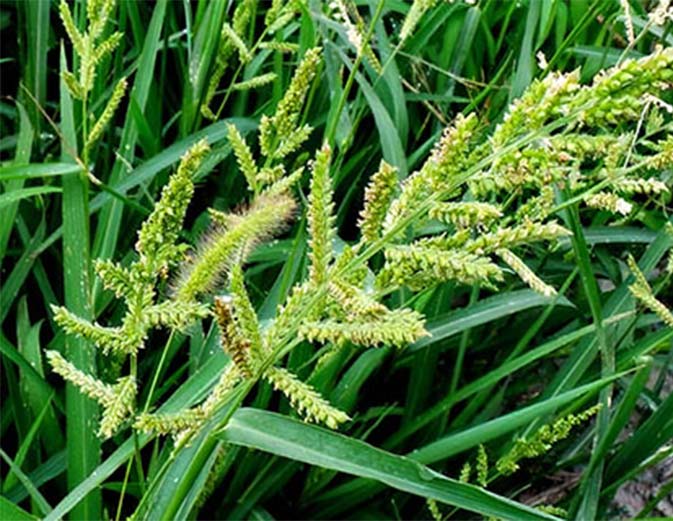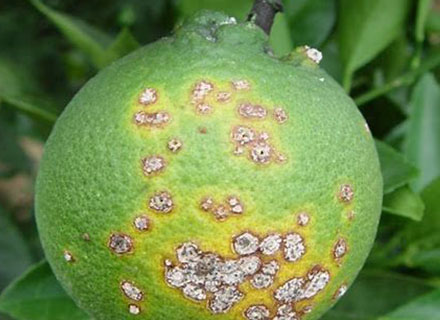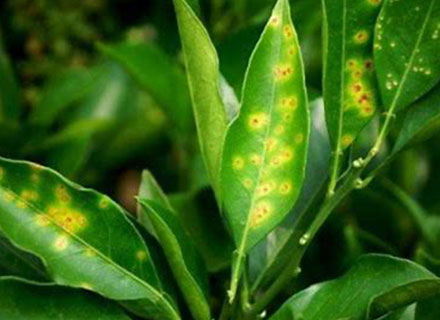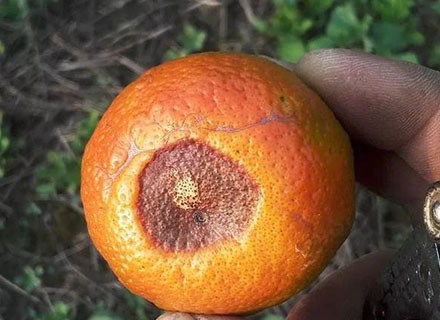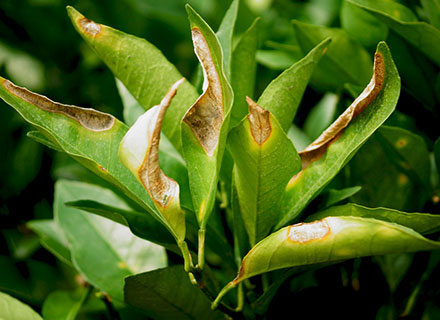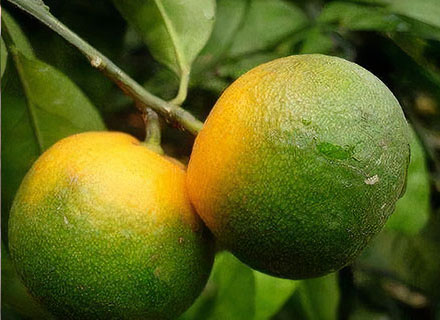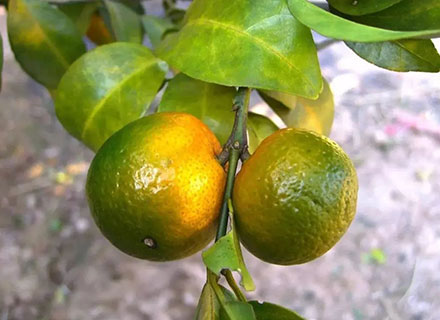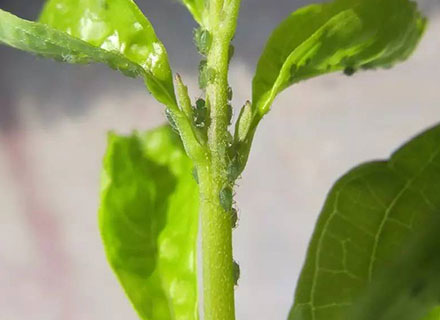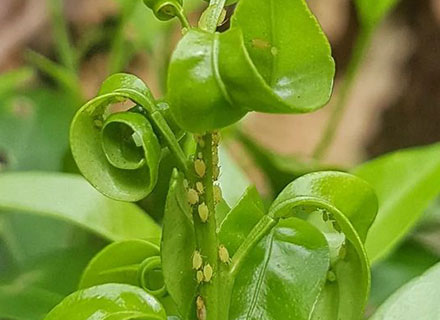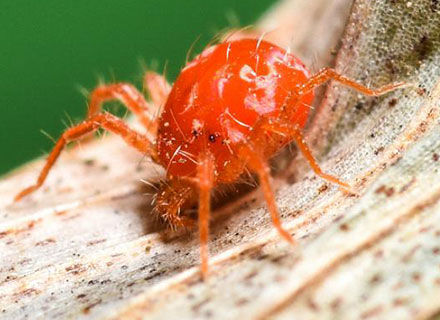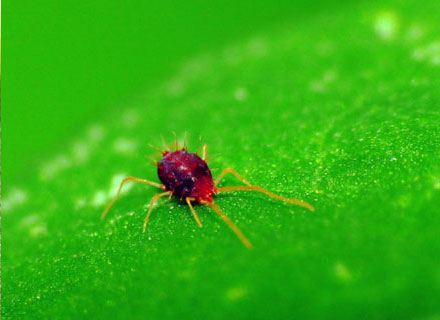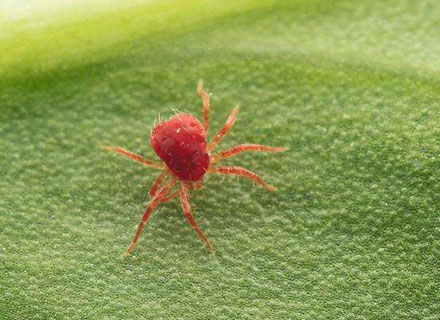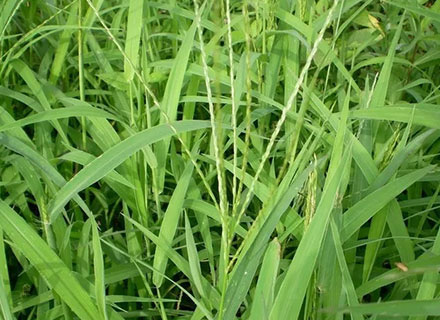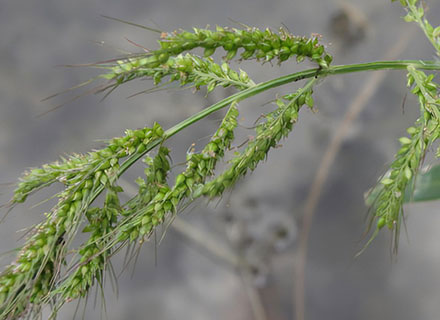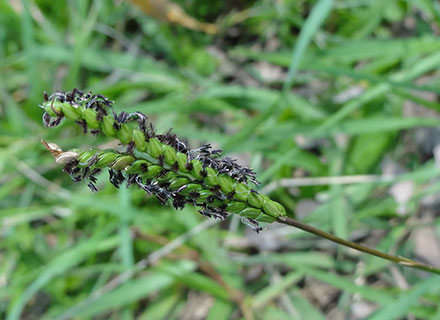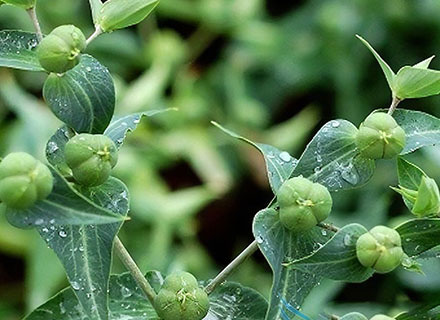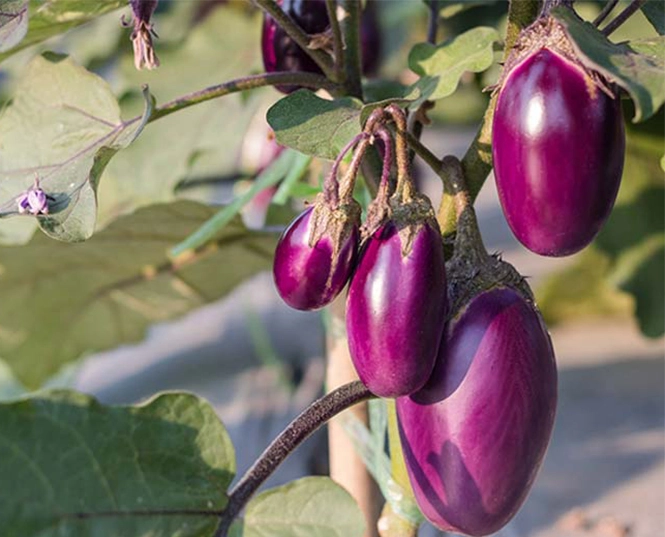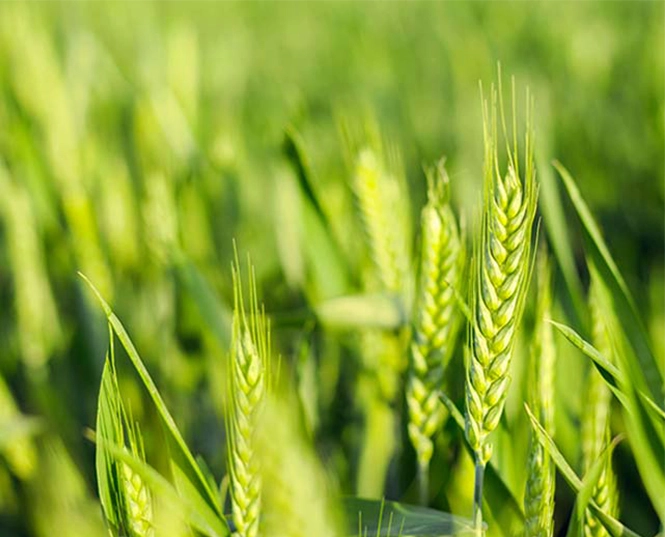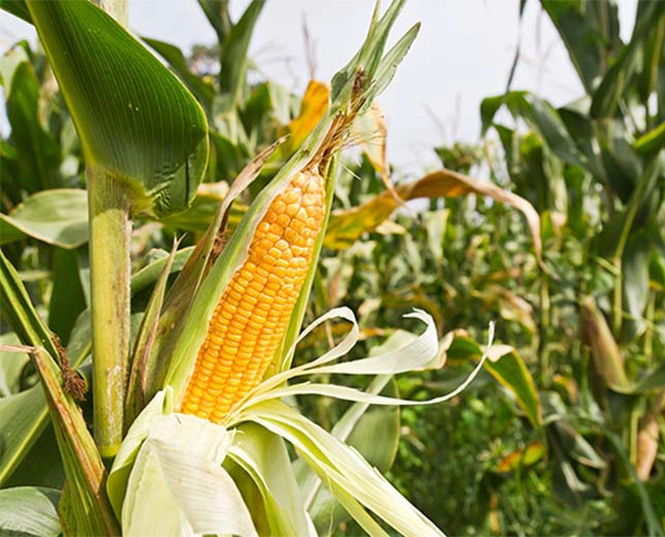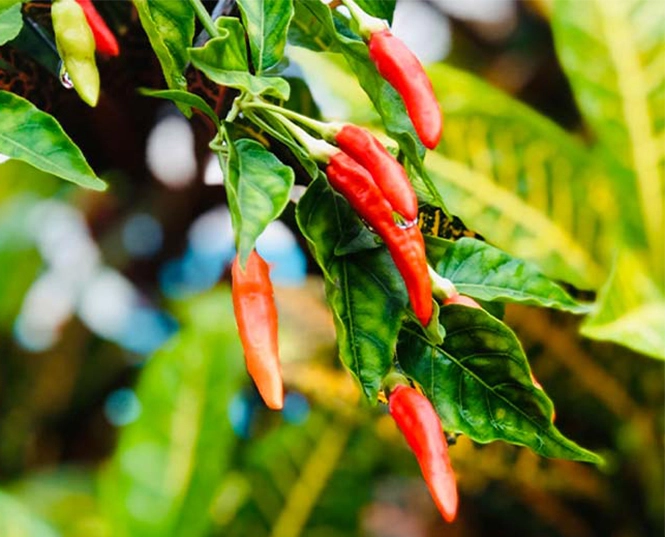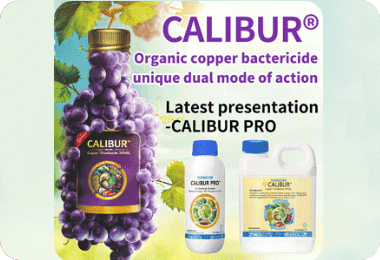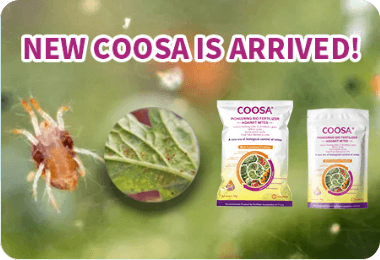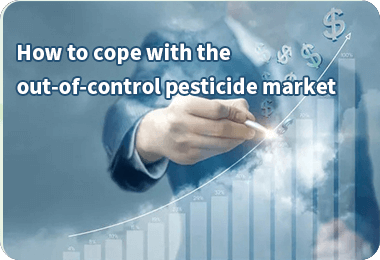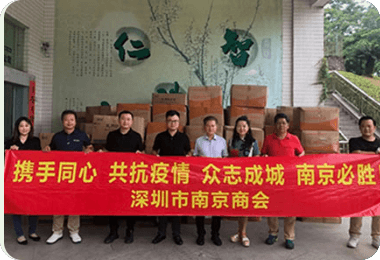
Citrus Solution
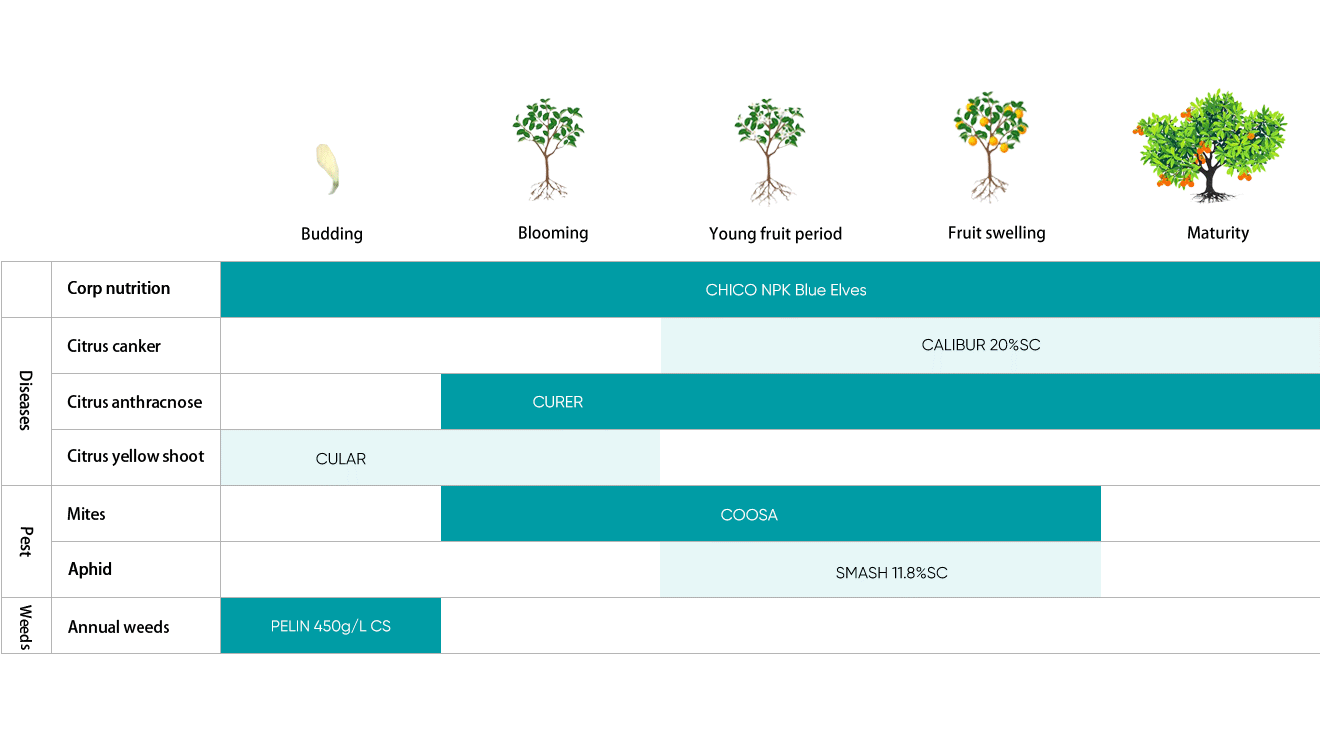
Citrus Disease Treatment
1. Citrus Canker
Symptoms:
Citrus canker causes lesions on citrus leaves, stems, and fruit. Characteristic lesions are raised and brown, have water-soaked margins, and usually have a yellow halo surrounding the lesion. Older lesions appear corky.
CHICO has accumulated rich experience and could offer the corresponding high-class solutions, e.g.: CURER.
2. Citrus Anthracnose
Symptoms:
Leaf - common symptoms are a more or less circular, flat area, light tan in color with a prominent purple margin that at a later phase of infection will show the fruiting bodies of the fungus (tiny dispersed black flecks). Tissues injured by various environmental factors (such as mesophyll collapse or heavy infestations of spider mites) are more susceptible to anthracnose colonization.
Fruit - anthracnose usually only occurs on fruit that have been injured by other agents, such as sunburn, chemical burn, pest damage, bruising, or extended storage periods. The lesions are brown to black spots of 1.5 mm or greater diameter. The decay is usually firm and dry but if deep enough can soften the fruit. If kept under humid conditions, the spore masses are pink to salmon, but if kept dry, the spores appear brown to black. On ethylene degreened fruit, lesions are flat and silver in color with a leathery texture. On degreened fruit, much of the rind is affected. The lesions will eventually become brown to grey black leading to soft rot.
CHICO has accumulated rich experience and could offer the corresponding high-class solutions, e.g.: CALIBUR 20%SC.
3. Citrus Yellow Shoot
Symptoms:
Leaf - although symptoms differ according to citrus variety, common symptoms may be described. The most characteristic symptom of HLB is a blotchy mottle. This mottling is distinct from nutrient deficiency in that HLB induced mottling usually crosses the veins and is asymmetrically displayed on the leaf blade. Mottling is most frequently found on newly mature hardened-off leaves but fades with leaf age. The blotchy mottle will be visible on both sides of the leaf and have multiple hues of yellow and green.
Fruit - fruit may be small and lopsided. Cut fruit may have a curved axis and the vascular columella can be stained orange-brown.
Whole tree - the irregular distribution of symptoms on the tree corresponds with the irregular distribution of the bacteria in the tree. On severely infected trees, foliage may be sparse with the top third of the canopy being thin. Eventually the tree may go into a complete decline, collapse, and die. Trees with a prolonged infection appear stunted when compared to healthy trees.
CHICO has accumulated rich experience and could offer the corresponding high-class solutions, e.g.: CULAR.
Citrus Pest Control
1. Citrus Aphid
Symptoms:
Aphid outbreaks are especially fond of succulent new growth. Aphids attack the tree by sucking the sap from leaves. An affected citrus tree will quickly form curled leaves, leaf yellowing, colonies of aphids, and the attendant dripping honeydew will become visible. This can attract ants, as well as Sooty Mold. Eventually, leaves will die, and twigs will rot and fall off. Aphids can be controlled using insecticides and insecticidal soap on infected areas and treating both tops and undersides of leaves, and all branches and twigs.
CHICO has accumulated rich experience and could offer the corresponding high-class solutions, e.g.: SMASH 11.8%SC.
2. Citrus Mites
Symptoms:
Severe infestations can cause leaf drop, low yields, and poor tree health.
CHICO has accumulated rich experience and could offer the corresponding high-class solutions, e.g.: COOSA.
Citrus Weeds Management
1. Annual Weeds
CHICO has accumulated rich experience and could offer the corresponding high-class solutions, e.g.: PELIN 450g/L CS Pre-emergence herbicide.
- 1. Citrus Canker
- 2. Citrus Anthracnose
- 3. Citrus Yellow Shoot
- 1. Citrus Aphid
- 2. Citrus Mites
- 1. Annual Weeds
